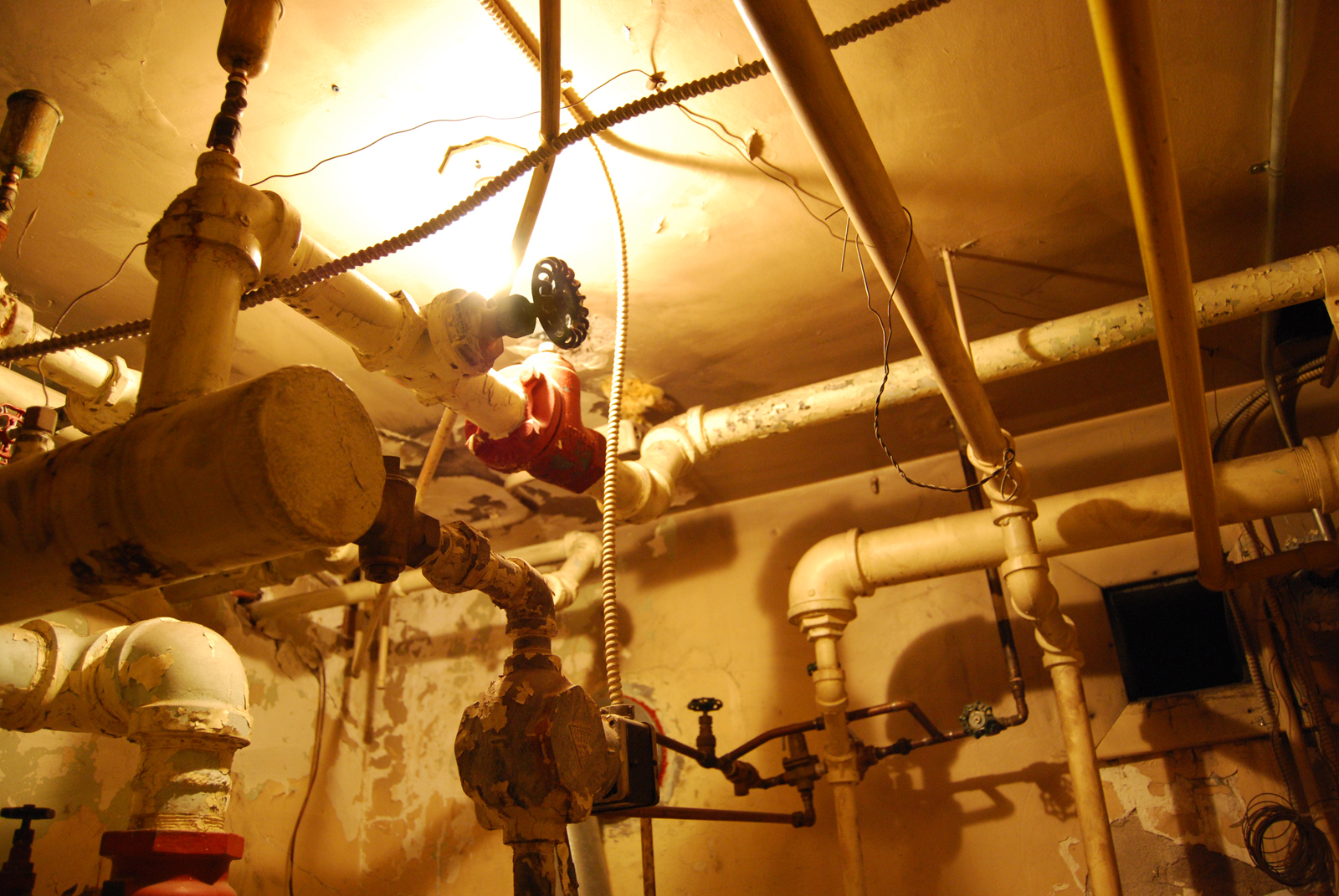Proven Methods for Handling Plumbing Issues in Rentals
Proven Methods for Handling Plumbing Issues in Rentals
Blog Article
This article further down pertaining to How to Handle Plumbing Issues in Your Rental Property is especially insightful. Have a go and make your own assumptions.

Handling pipes problems in rental buildings efficiently is critical for preserving occupant contentment and preserving the residential or commercial property's worth. Whether you're a landlord or a home supervisor, knowing exactly how to resolve these common problems can conserve you money and time while ensuring compliance with legal duties. Right here's a step-by-step guide on exactly how to manage plumbing issues in rental properties.
Paper Every little thing
Keep comprehensive records of all reported pipes concerns and the activities required to resolve them. Documentation ought to include days, summaries of the trouble, interaction with renters, and invoices from specialists or plumbing professionals. This information can be essential for insurance coverage claims, tax deductions, and legal protection.
Use Qualified Professionals
Always use licensed and insured professionals for significant plumbing repairs and installations. This ensures that the work depends on code and can help avoid liability issues in case of accidents or more damages. It additionally guarantees occupants that repair services are being managed skillfully.
Establish Clear Communication
Encourage tenants to report any kind of pipes problems as soon as they occur. Provide numerous communication channels such as phone, email, or a lessee website to make it easy for them to connect. Trigger responses to these records can avoid minor issues from intensifying into significant issues.
Enlighten Occupants
Educate your lessees regarding what comprises a pipes emergency situation and what does not. Offer guidelines on just how to manage minor concerns themselves, such as utilizing a plunger to unblock a bathroom. Also, educate them regarding what they should stay clear of putting down drains pipes to avoid clogs, such as oil, coffee grounds, and non-biodegradable things.
Routine Maintenance
Implement a regular maintenance timetable for all plumbing systems in your service homes. Regular checks can aid identify and settle problems like leakages, sluggish drains pipes, or corroded pipelines before they come to be major. Take into consideration hiring a specialist plumbing to examine the buildings yearly or semi-annually.
Quick Feedback to Emergencies
Have a strategy in place for reacting to pipes emergencies. This must consist of having the contact info of reliable plumbing solutions that offer 24/7 emergency fixings. Quick action is important to decrease damage in circumstances like burst pipes or serious leakages.
Preventive Upgrades
Consider upgrading older pipes systems and components to more modern, effective versions. This can reduce the frequency and intensity of pipes concerns and lower long-term maintenance expenses. It's additionally a selling point for potential occupants that value upgrades and modern functions.
Occupant Move-Out Inspections
Conduct detailed pipes checks during move-out inspections to guarantee that any type of problems are recognized and resolved prior to a new tenant moves in. This avoids disputes with new renters over pre-existing conditions and makes sure the building remains in leading condition.
Understand Legal Responsibilities
Be aware of your legal responsibilities regarding plumbing and basic property maintenance. Most territories call for proprietors to guarantee their buildings are habitable which all pipes systems are in good working order. Failure to deal with serious issues promptly can bring about legal actions from lessees.
Lessee Repayments
If a plumbing issue requires prompt focus and the occupant fixes the issue by themselves, have a clear plan in place for reimbursing prices. Make certain occupants understand they should get previous approval for higher-cost fixings unless it's an outright emergency.
Final thought
Handling pipes problems in rental residential or commercial properties requires an aggressive strategy and good communication with lessees. By staying on top of maintenance, reacting without delay to emergencies, and utilizing certified professionals, property owners can maintain their buildings in excellent condition and preserve excellent relationships with occupants.
How to Handle Water Damage in a Rental Property
What is Water Damage?
Water damage is harm or destruction caused by water entering areas where it is not supposed to be. It can be caused by a variety of sources and can manifest in different ways. The most common examples of water damage include:
Leaking roof Plumbing leaks Appliance malfunctions Poor drainage Flooding Sewage backup Condensation Tenant negligence HVAC system issues Frozen pipes Is water damage dangerous?
Water damage itself is not inherently dangerous, but it can lead to various hazards and health risks if not promptly and properly addressed. The severity of these risks depends on the extent of the water damage, the source of the water, and how quickly it is mitigated.
Some potential dangers associated with water damage include structural damage, mold and bacterial growth, electrical hazards, water contamination, and pest infestations. In situations where mold and mildew have gone unaddressed, mold can start to develop within 24-48 hours of water exposure, and this can impose a serious health risk to tenants. In particular, mold spores and damp conditions can lead to respiratory issues and even make existing health problems worse, such as allergies, asthma, or immune disorders.
Water Damage in an Apartment - Who is Responsible?
If the water damage is caused by the tenant’s negligence, the tenant is responsible for the cost of repairs. If the water damage is caused by a defect in the property, the landlord is responsible for the cost of repairs. If the water damage is a result of natural causes, such as excessive rain, then the landlord is responsible, since the water intrusion likely occurred due to a defect in the property. Landlord Responsibility water damage in rental property
Since maintaining habitability is the landlord’s legal responsibility, landlords are responsible for any resulting structural damage caused by water damage. These structural damages may include damage to walls, roofs, ceilings, and flooring. If water damage has affected the rental property’s original structure, the landlord is responsible for repairing or replacing those materials. Therefore, landlords should have property insurance that covers the structural components of their rental property so that they can receive help with the costs of covered events.
Preventative measures can also help landlords avoid massive renovations. Preventative maintenance may include conducting regular inspections to identify and address potential water damage before it becomes a major and urgent problem.
If a landlord fails to meet their responsibilities regarding water damage, it can lead to legal disputes and potential liability. Tenants who believe their landlord is not addressing water damage issues in accordance with California law can seek legal advice or contact local housing authorities for assistance.
https://www.goodlifemgmt.com/blog/water-damage-in-a-rental-property/

I ran across that blog posting about How can you handle tenant plumbing issues effectively while doing a lookup on the search engines. Those who liked our blog post if you please don't forget to pass it around. I am grateful for being here. Don't forget to check up our website back soon.
Report this page